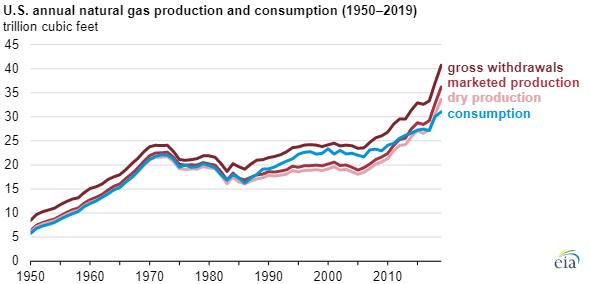With coal consumption shrinking so fast Its stats are becoming less relevant.
With oil, the cost is largely subsidized by our countries enforcement of the petrodollar standard and the street price doesn't reflect the real cost of this, and ignores body count of armed conflict entirely.
Some say -" yes but we are not dependent on foreign oil anymore" - sort of without it on the market the cost of every other drop soars instantly so the global price is dependent on its flow. We couldn't afford our own if the rest stopped.
We are phasing out both sources for electricity production in favor of nat gas, which we have all of we need.
I see the powering of vehicles by electricity as move toward energy independence as much as any emission savings move, although I can find lots of credible articles that articulate EVs are cleaner than oil over X time, and some claiming cleaner than coal if one cares about that.
To me all that is tertiary to other benefits of the model.


